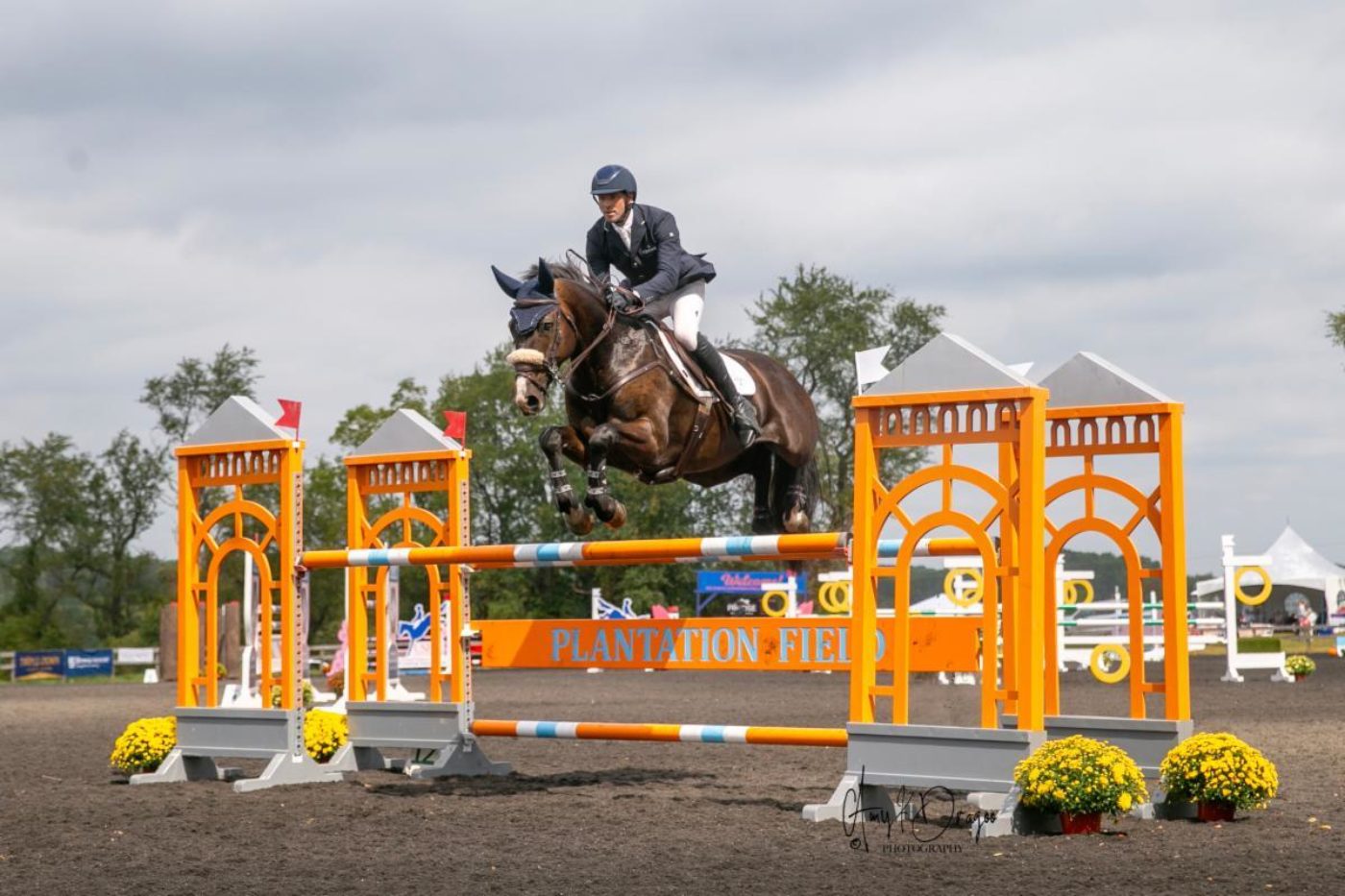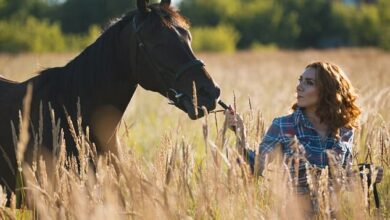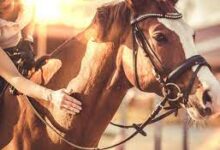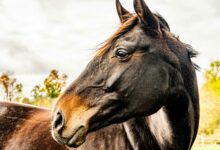by Ahmed Yousef,
Training horses for jumping is one of the most important types of training that aims to enhance the horse’s agility and lightness, as well as develop its skills in effectively overcoming obstacles. This type of training requires a combination of strength, balance, and trust between the rider and the horse. In this article, we will discuss the best methods and techniques that help increase the agility and lightness of the horse during jump training to ensure optimal performance and success in competitions.
The Importance of Agility and Lightness in Jump Training
Agility and lightness are essential elements in training a horse for jumping, as they help the horse overcome obstacles with ease and precision, reducing stress on its joints and muscles. An agile horse is better able to maneuver and move smoothly between obstacles, which enhances its performance and reduces the risk of injury.
Steps to Increase Your Horse’s Agility and Lightness
- Developing Physical Fitness
Physical fitness is the foundation upon which jump training is built. The training program should include exercises aimed at improving muscle strength and the horse’s endurance. This can be achieved through:
- Running and Speed Drills: Long-distance running helps improve the horse’s overall fitness and increase its endurance, while speed drills help enhance muscular power and explosiveness.
- Endurance Exercises: Exercises that involve running on varied terrains, such as hills and slopes, help build muscle strength and improve the horse’s ability to handle different challenges.
- Working on Balance
Balance is crucial to a horse’s success in jumping. A horse’s balance can be improved by training it to move slowly on narrow paths or unstable terrains. Additionally, practicing quick direction changes helps enhance the horse’s balance and its ability to respond to the rider’s commands.
- Basic Jumping Techniques
- Training on Small Jumps: Training should start with small jumps to ensure the horse learns the basics correctly. This helps the horse build confidence and gradually improve its jumping skills.
- Jumping Consecutive Obstacles: Training the horse to jump consecutive obstacles in a specific order helps improve its focus and increases its agility between jumps.
- Controlling Speed and Rhythm
Controlling the horse’s speed and rhythm during jumping is a key factor that affects its agility and lightness. Riders must learn how to control the horse’s speed between obstacles, being able to accelerate or decelerate as needed to ensure smooth jumps.
Building Trust Between Rider and Horse
Trust between the rider and the horse is key to successful jump training. The rider must be patient and work on building a positive relationship with the horse. Through continuous communication and regular training, the horse becomes more confident in its abilities and in the rider, which contributes to overall improved performance.
Training for Physical Flexibility
- Stretching Exercises: Stretching exercises are an important part of the horse’s training program, as they help increase muscle and joint flexibility, contributing to improved agility during jumps.
- Maneuver Training: Training the horse to move through narrow paths and make quick turns helps enhance its flexibility and improve its ability to handle difficult courses during competitions.
Nutrition and Health Care
Proper nutrition and healthcare play a major role in improving a horse’s agility and lightness. The horse should receive a balanced diet that includes the necessary proteins, vitamins, and minerals to support its health and muscles. Regular check-ups with a veterinarian are also essential to ensure there are no health issues affecting its performance.
Avoid Overtraining
Overtraining can lead to horse fatigue and increase the likelihood of injury. Riders must balance training with rest, giving the horse enough time to recover after intense sessions. Rest is an essential part of building strength and agility.
Training a horse for jumping requires working on enhancing agility and lightness by developing physical fitness, balance, and flexibility, as well as building trust between the rider and the horse. By following proper training methods and providing good healthcare, riders can help their horses improve performance, avoid injuries, and achieve greater success in competitions.








